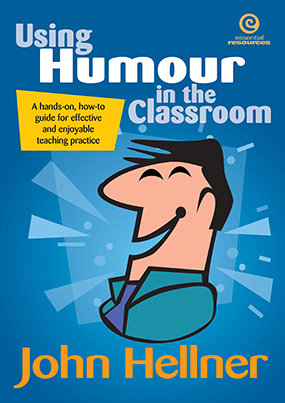
Using Humour in the Classroom
A hands-on, how-to guide for effective and enjoyable teaching practice
|
Book
Paperback book
|
$44.95
NZD incl GST
|
Add to cart |
|---|---|---|
|
PDF Ebook
Available immediately
|
$44.95
NZD incl GST
|
Add to cart |
|
Combo
Combo (Paperback & Ebook)
|
$64.95
NZD incl GST
|
Add to cart |